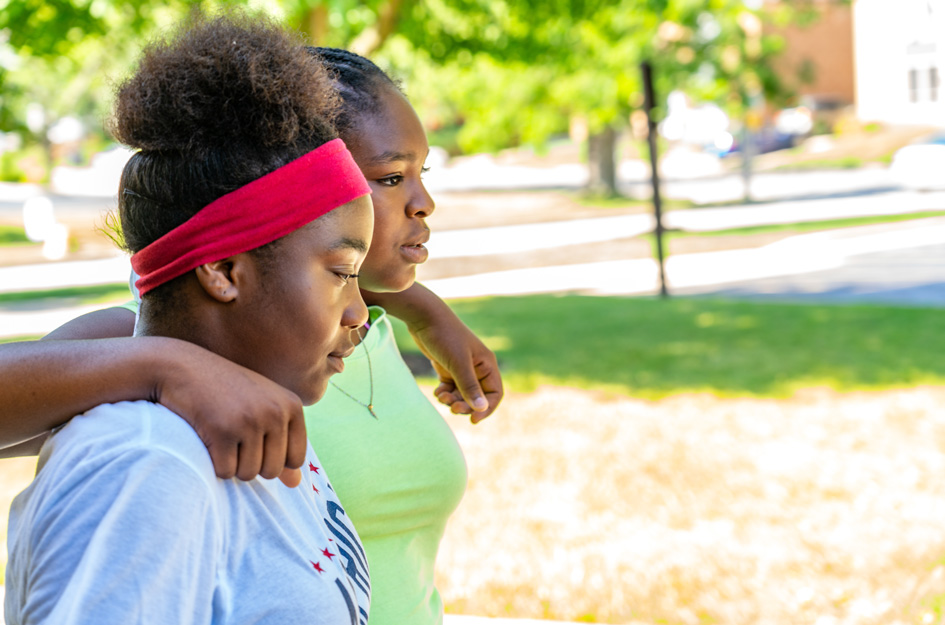

Regularly check-in with youth and keep looking for opportunities to continue the dialogue and give support when needed.
Young people are increasingly falling prey to the lure of e-cigarettes, more commonly known as vaping. From 2017 to 2018, vaping usage increased 78 percent among high school students and by 48 percent among middle school students, and e-cigarettes are now the most commonly used tobacco product among youth.
Vape devices come in sleek designs that mimic pens or USB drives, and e-liquid is offered in an endless array of flavors that are intriguing to youth like mango and cotton candy. The e-liquid is heated by the battery-powered vape device and delivered to the user in aerosol form.
“Kids falsely believe vaping is safer than smoking cigarettes because e-cigarettes do not contain tobacco,” says Elizabeth Fowlkes, Senior Vice President, Youth Development at Boys & Girls Clubs of America. “However, they do contain nicotine, which comes from tobacco and is addictive, and can contain other harmful chemicals.”
For young people, nicotine exposure can lead to higher risks of psychological disorders, learning difficulties and attention difficulties later in life. The amount of nicotine in one JUUL pod, one of the leading e-cigarette retailers, is equal to 20 cigarettes.
The CDC warns that the aerosol inhaled by vape users can also contain cancer-causing chemicals, heavy metals and volatile organic compounds. Recently, the CDC reported on an outbreak of severe lung illness associated with using e-cigarette products, and recommends that no youth or young adults use these products. The Food and Drug Administration has announced its intention to implement a compliance policy that would aim to clear the market of unauthorized, flavored e-cigarette products.
“E-cigarettes are not currently bound by the same regulations as traditional cigarettes, and retailers are able to market to young people under the guise that vaping is cool and healthy,” says Elizabeth. “It’s critical that parents, educators and youth development professionals start talking to kids about the dangers early and often. Hopefully, with new regulations on the horizon, we can keep more kids safe.”
At Boys & Girls Clubs, high-quality programming grounded in social-emotional development helps support healthy decision-making, so that young people can make informed choices that will have a positive effect on their health. Here are four tips for how to have an honest conversation about vaping with the young people in your life, adapted from the CDC:
These conversations may be ongoing and take place over time. Regularly check-in with youth and keep looking for opportunities to continue the dialogue and give support when needed.
Read our Vaping Prevention Resource Guide to get more advice on how to have an honest and open conversation with the young people in your life about the dangers of vaping and e-cigarettes.
This article was adapted from an original blog post that appeared on the ClubExperience.blog.
We use cookies to enhance your experience. Learn More.
Boys & Girls Clubs of America uses cookies to give you the best experience on our website. Read about cookies in our privacy policy. By closing this message, you consent to our use of cookies on this device in accordance with our policy unless you have disabled them.